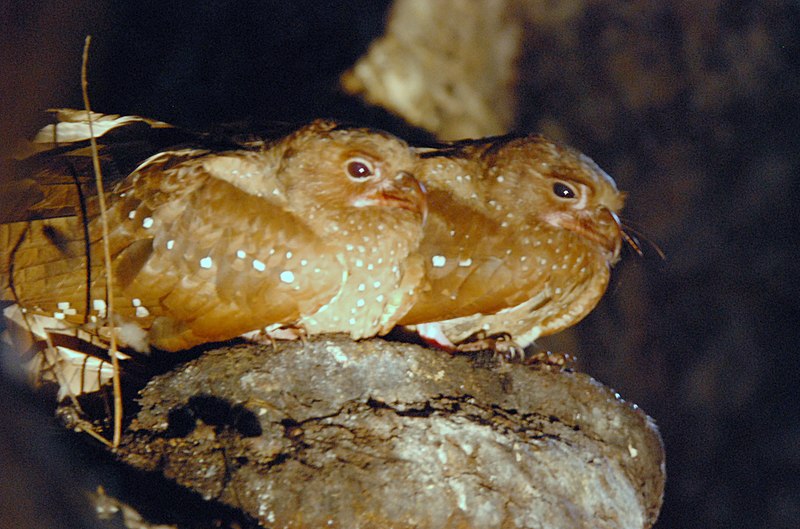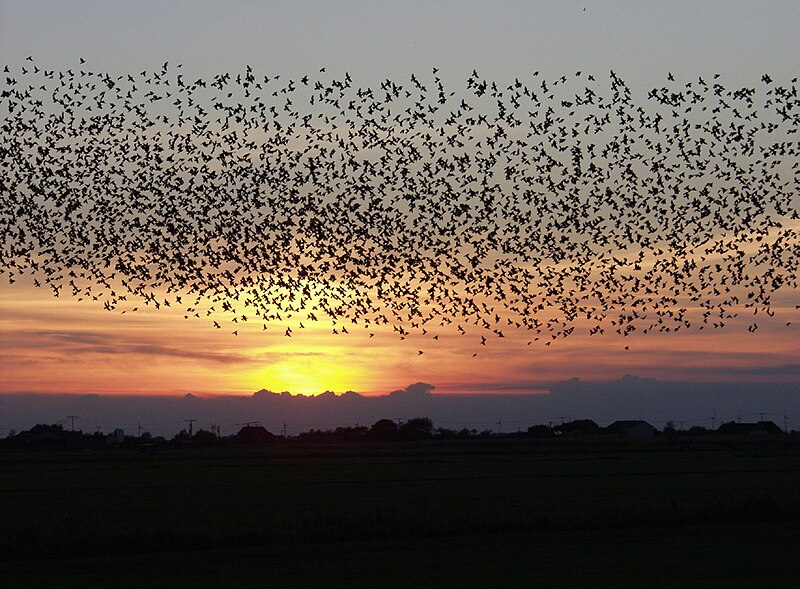 If you observe wild birds, you’ve no doubt marveled at their ability to fly through dense brush without touching a single branch. In NYC, I’ve twice been surprised to see pigeons flying at full speed through amazingly tight spaces when pursued by Red-Tailed Hawks. Bats utilize echolocation to perform similar feats, but with few exceptions (i.e. the Oilbird, please see below), birds lack this adaptation. So how do they do it? According to a recent study (Current Biology, Oct., 2011) at Australia’s Vision Center and the University of Queensland, some species rely upon vision alone.
If you observe wild birds, you’ve no doubt marveled at their ability to fly through dense brush without touching a single branch. In NYC, I’ve twice been surprised to see pigeons flying at full speed through amazingly tight spaces when pursued by Red-Tailed Hawks. Bats utilize echolocation to perform similar feats, but with few exceptions (i.e. the Oilbird, please see below), birds lack this adaptation. So how do they do it? According to a recent study (Current Biology, Oct., 2011) at Australia’s Vision Center and the University of Queensland, some species rely upon vision alone.
“See-Compare-Adjust Course”
Researchers worked with Budgerigars (Parakeets) that had been trained to fly an indoor course that allowed for careful monitoring. They were able to show that the birds used their vision to sense and compare the speed at which they passed background images, and then adjusted their flight path accordingly. Read More »
 That Bird Blog – Bird Care and History for Pet Birds
That Bird Blog – Bird Care and History for Pet Birds

